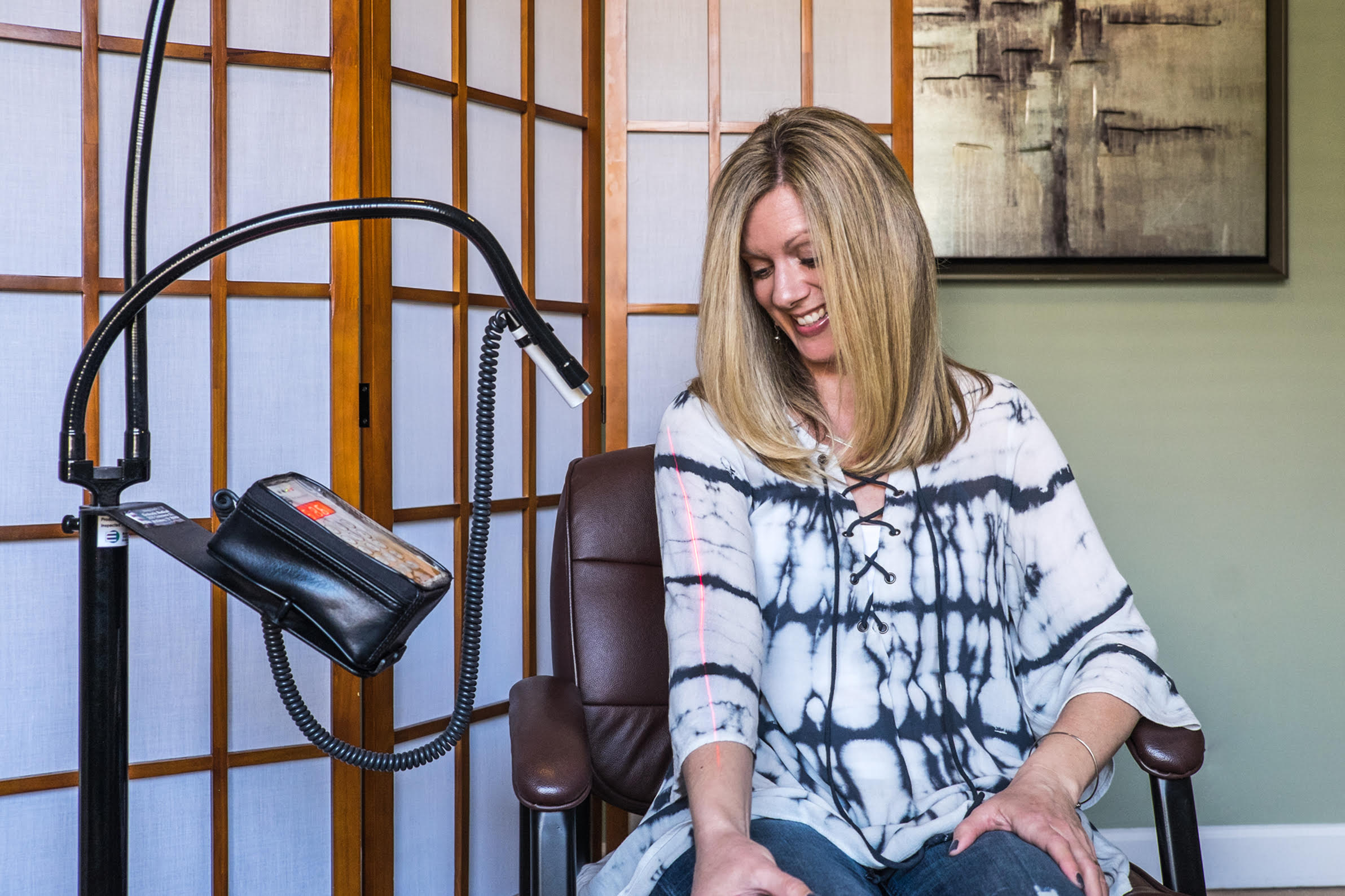
If you know anything about holistic or integrative medicine, then you already understand how practitioners address every aspect of health and wellness through a wide range of healing modalities to treat underlying problems instead of just surface symptoms. These modalities often include a technique called cold laser therapy.
Once you've examined a few key features of cold laser therapy, from how it works and what it does to the many conditions it can treat, you may want to find out whether cold laser treatment makes sense for your own health challenges. Let the answers to the following frequently asked questions shed some light on the subject.
What Does Cold Laser Therapy Involve?
Like other laser-based medical techniques, cold laser therapy uses amplified light as a treatment method. However, this form of treatment, also known as low-level laser therapy or LLLT, differs from surgical laser treatment. The lower frequency level allows the light energy to penetrate the skin instead of burning or cutting it.
Cold laser therapy causes no discomfort, leaves no marks, and requires no recuperation time. A typical cold laser therapy session takes only a matter of minutes. You simply rest comfortably as a laser instrument shines a beam of light on the area in need of treatment. However, you may need several sessions for the best results.
How Do Cold Lasers Promote Healing and Relief?
As noted above, cold laser energy passes through the skin's surface. Since different wavelengths can penetrate to different depths, practitioners may use wavelengths of 600 to 950 nanometers to address specific issues. This light energy can stimulate blood flow and reduce inflammation in damaged tissues for drug-free pain relief.
Cold laser therapy can promote healing even as it eases pain, stiffness, and swelling. The same light energy that increases circulation also stimulates cellular energy production and tissue regeneration. This benefit makes cold laser therapy a valuable tool for accelerating recovery from surgery or injuries.
Why Do Holistic Chiropractors Prescribe Cold Laser Therapy?
Holistic chiropractors can use cold laser therapy to help treat many debilitating conditions. Examples include:
- carpal tunnel syndrome
- fractures
- soft tissue injuries, such as bursitis or tendinitis
- arthritis or other chronic joint trouble
- chronic pain syndromes, such as fibromyalgia
- neurological challenges, such as nerve damage
Cold laser therapy makes a natural complement to chiropractic adjustment. Both methods can address many of the same kinds of health problems. If you suffer from arthritis, for instance, your holistic chiropractor may administer chiropractic adjustments to help the joints move more freely and cold laser therapy to reduce joint inflammation.
Your holistic treatment plan can encompass more than chiropractic adjustments and cold laser therapy. Your holistic chiropractor may recommend a wide-ranging treatment plan that also includes myofascial release, nutritional therapy, physical therapy exercises, and overall lifestyle changes.
Who Makes a Good Candidate for Cold Laser Therapy?
Most individuals who might benefit from cold laser therapy also count as good candidates for the procedure. Some of the best candidates include people struggling with nagging pain and other symptoms that other therapies haven't successfully controlled, as well as those seeking to minimize their reliance on pharmaceutical pain relievers.
However, not everyone makes an ideal candidate for cold laser therapy. For safety's sake, the medical community currently recommends that pregnant women and people actively fighting cancer should avoid this type of care.
If you believe cold laser therapy might serve as an effective drug-free, non-surgical treatment for your injury or chronic condition, contact Holistic Health Center, P.C. Our chiropractic team can evaluate your issue and include multiple healing techniques, including cold laser therapy, in your personalized holistic treatment plan.
